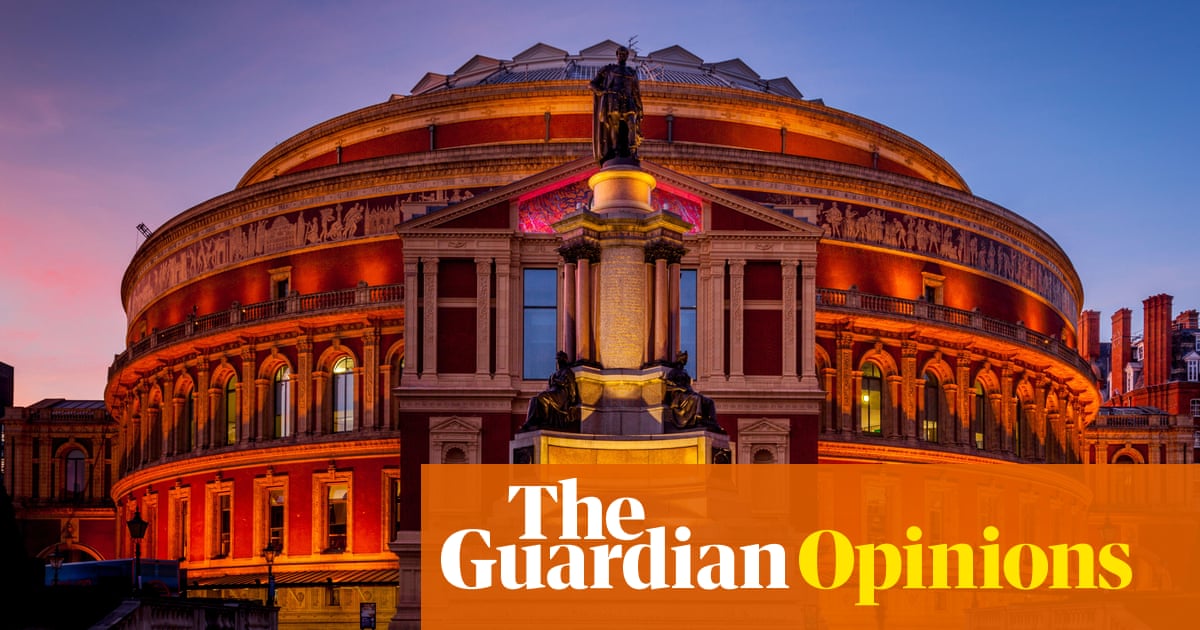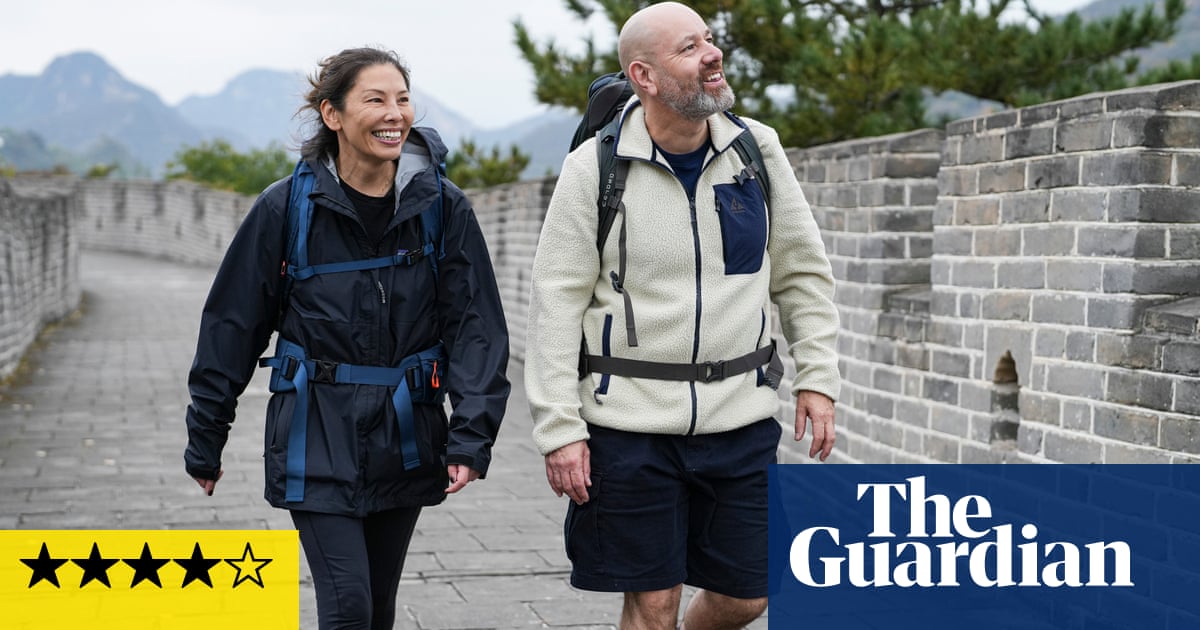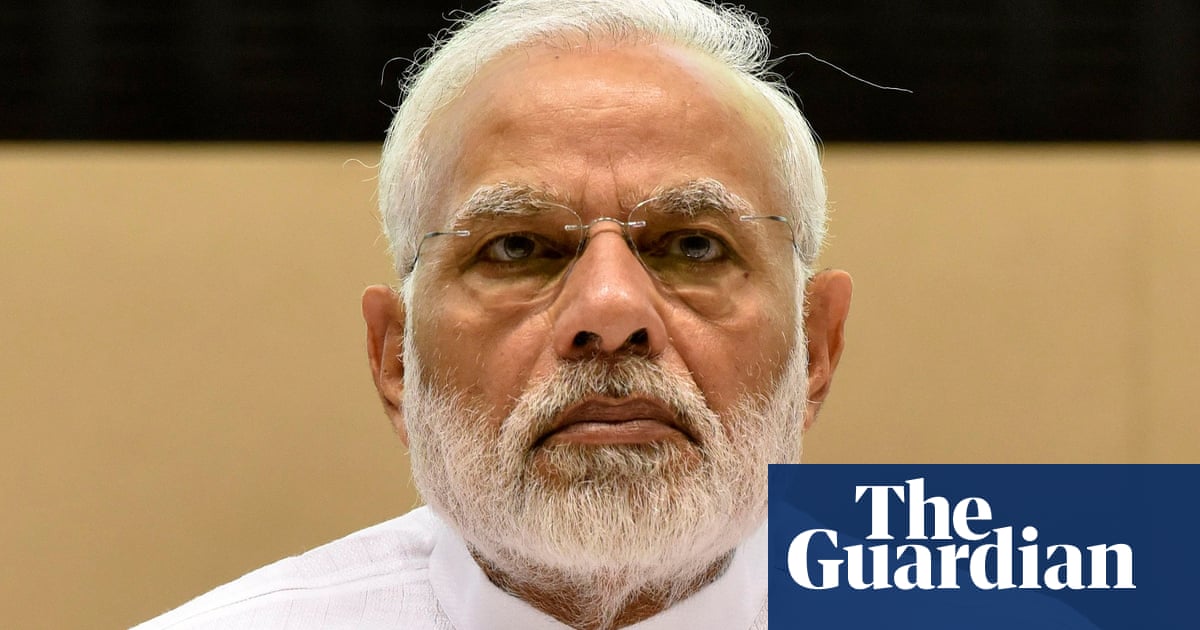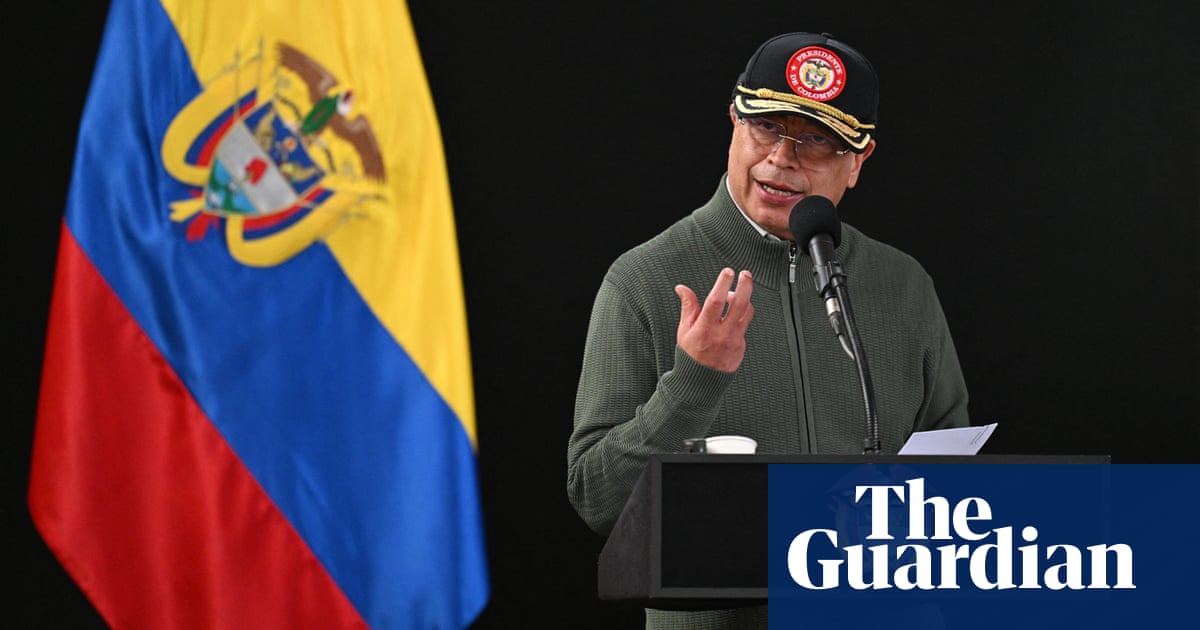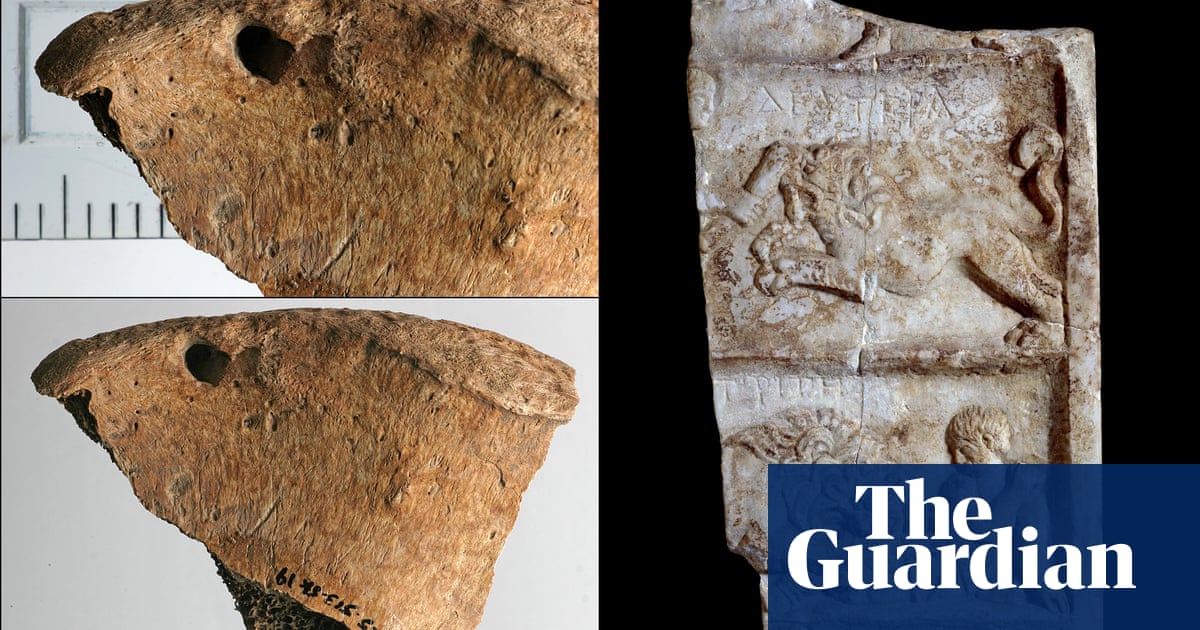When I moved back to London from Rome just before the second lockdown in 2020, I found a city that was hardly welcoming, with shops closed and an atmosphere of silent apprehension. Young, single people like me were only socialising online with existing friends, and opportunities to make fresh connections were rare.
When I met Irenka from Poland at a literary festival, she looked as thirsty for new friends as I was. As we started complaining about the difficulties of mingling she introduced me to an app that allows people to find new pals on organised walks. I quickly downloaded it.
On my first walk – a six-mile stroll along the banks of the River Lea in east London – I met Haris from Greece. While we were exploring, she explained to me that, since her grandmother had died (they had been living together), she had been staying on the sofa of a friend whom she also recently met on a walk. This friend went to that walk after being encouraged by one of her friends, who also happened to be a Meetup-acquaintance of Irenka.
As someone who is much better at slow-cooked friendship that acquires its flavour over time, I was surprised at how trusting Irenka was of strangers and how quick she was to rearrange her life around them. Yet I too was becoming a friend of Irenka’s with startling alacrity, and the same happened on the next walk. I made more new friends. This kind of thing never happened to me in bars or at parties; those traditional places for socialising. So I started wondering why these walks were so different, and I realised it was to do with the balance between an interpersonal exchange and the outside world.
In bars or clubs you are required to interact with people. On walks you also pay attention to the environment around you, and it seems to me that it’s this shift of focus that makes it easier to make friends this way – precisely because there is less pressure to do so.
Lockdowns made us more aware of the line between self-sufficiency and our need for others, as well as between nesting and exploring the outside world. The flat or house that had always been our refuge suddenly became a prison, and it wasn’t enough to fill it virtually with video-chats with friends. We knew something was missing, and it wasn’t just people or the outdoors: it was both at the same time.
It probably explains why walking meditation and walking psychotherapy are now so popular, not just in London but in other European and US cities too. It is as if, after we became painfully aware of the claustrophobic distress of having too much of our own company (who will forget how our worries were amplified by the four walls of our homes?), we needed to discover a new way of combining conversation with equally needed contemplation: we had missed human connection as much as we’d missed connecting to the outdoors.

But this is nothing new. Europe has a long history of psychogeography, a concept that originated in the 1950s among a Paris-based group of radical artists and conceptual theorists called the Situationist International. In practice, this involved exploring urban environments while also focusing on personal connections to places.
Originally psychogeography – with its strong dadaist and surrealist influences – had an anarchic emphasis on the casual and the subconscious. The contemporary post-pandemic version of it, however, tries to bring order and rigour to our overwhelming lives. Where traditional psychogeography was rooted in the dérive, literally going “adrift” without a planned route, the preferred tactic for much contemporary walking is to follow a well-organised route.
I’m now really good friends with Irenka and Haris. We like to walk and talk, and never hang out in our own flats: instead, we relish exploring the city on foot. While in recent years there has been a lot of emphasis on mindful meditation and other types of individual self-care, I find that shifting the focus from myself to the outside world works better.
after newsletter promotion
And I’m not alone. After all, the Japanese practice of shinrin-yoku (or forest bathing) is now practised across Europe. There is also an emerging field of science on how nature can improve our health, with mental health practitioners worldwide beginning to take talking therapies outdoors. But I believe that, alongside nature’s capacity to restore, we can also count on the reviving effect of urban spaces. They too can act as rich symbolic maps, with the power to distract us from self-obsession and the usual everyday neurosis.
Which is why, instead of mindfulness, I prefer to perform a “mindemptyness”: that’s what I call my long walks with the new friends I’m making, during which I predominantly think about the streets that I’m walking and the city I live in. We are post-pandemic flâneurs: just like the romantic strollers described by the 19th-century French poet and writer Charles Baudelaire. We sometimes make our walks’ lack of destination their whole purpose, cheerfully drifting while deepening our friendships.
The flâneur became unfashionable with the rejection of idleness in busy, modern, working lives. But now is the perfect time for its rebirth. After all, every city is, in a way, still a “traumascape”: a space transformed by the collective memory of lockdowns. By walking, we give it – and ourselves – a chance of healing and reinvention.
Some names have been changed
-
Viola di Grado is an Italian author

.png) 2 months ago
62
2 months ago
62




